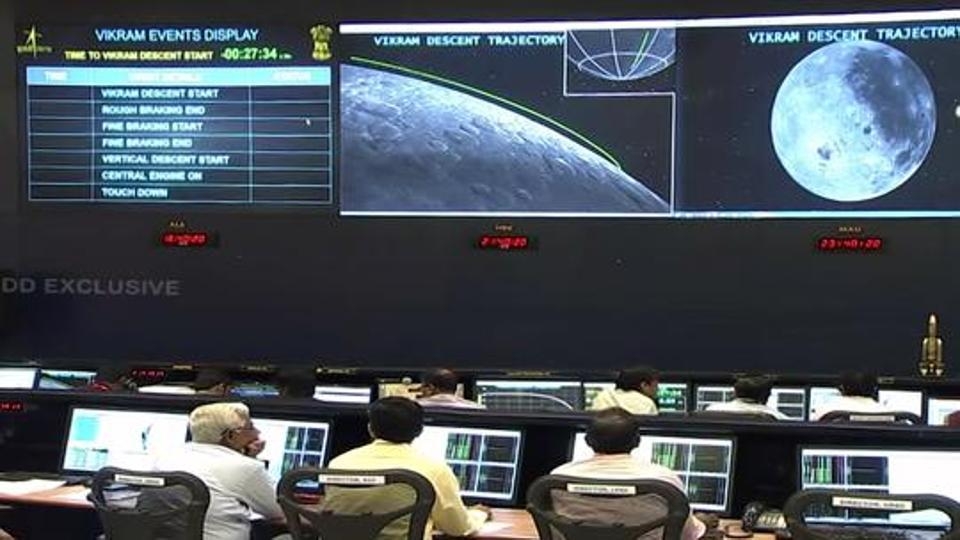Having faith, not giving up efforts; ISRO tries its level best to spring Chandrayaan 2 Vikram Lander back to life
New Delhi, October 1: Believing in miracle, hopes and beliefs, India revived lost hopes by finding the Vikram Lander on lunar surface. Not giving up efforts, ISRO is trying its level best to spring Chandrayaan-2’s lander Vikram lying on the lunar surface back to life after a hard-landing more than three weeks ago.

The Indian Space Research Organisation said on September 7 ground stations lost communication with Vikram (with rover Praygan tucked inside it), minutes before its planned soft-landing on the Lunar surface. Since then the Bengaluru-headquartered space agency had been making “all possible” efforts to establish link with the lander but had apparently suspended those operations 10 days ago following night fall on the Moon.
Speaking to media, ISRO Chief K Sivan said, “Now it’s not possible, it’s night time there. May be after this, probably we will start. It’s night time at our landing site, power may not be there.” However, he said that the team will make efforts afterwards (during day-time on lunar surface) also. The mission life of the lander and the rover will be one Lunar day which is equal to fourteen earth days, ISRO had said prior to the launch of Chandrayaan-2.
The Chandrayaan-2 was a highly complex mission, which brought together an orbiter, lander and rover to explore the unexplored south pole of the Moon. Giving insights on Vikram lander, some space experts believe regaining link with the lander now appears extremely difficult.
Asked if the lander can withstand the severe cold conditions on the moon during night-time, this official said: “Not only cold, impact shock is something one has to worry about; the lander has come down at a high speed. The shock generated can damage many things inside, that way it’s highly doubtful. Communication antenna which orientation... where it’s looking... that way it’s extremely difficult to establish contact”, he said.
Meanwhile, K Sivan informed the orbiter is fine. The ISRO said on September 7, the orbiter has already been placed in its intended orbit around the Moon and shall enrich our understanding of the moon’s evolution and mapping of the minerals and water molecules in the Polar Regions, using its eight scientific instruments.
The orbiter camera is the highest resolution camera (0.3 metres) in any lunar mission so far and shall provide high resolution images which will be immensely useful to the global scientific community, it had said.
Associating with Indian Space Research Organization (ISRO), NASA attempted to help the space agency find the Vikram Lander. NASA in a latest, released high-resolution images captured by its Lunar Reconnaissance Orbiter Camera (LROC) during its flyby of the lunar region where the Vikram Lander was scheduled for a soft landing. Informing about the condition of the Chandrayaan 2 orbiter, ISRO Chief K Sivan said that the orbiter is continuing to perform scheduled science experiments.
